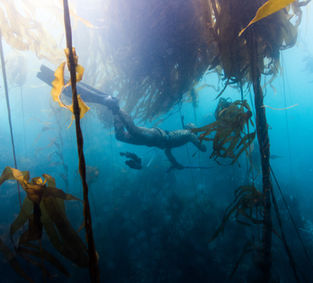top of page

ART
illustrated
Children's Books
science communication
Infographics
Animations

Watch Now

Phocid v. Otariid Reproductive Energetics

Phocid v. Otariid Reproductive Energetics

Parasitism

Phocid v. Otariid Reproductive Energetics
1/14
Click here to see my woodburnings, where I use a soldering iron to create textures and detail, often working with the grain of the wood.
I also love the bright colors of alcohol-based markers, which are ideal for creating vibrant abstract pieces and children's illustrations.
Click here to see samples of my digital graphic design pieces for logos, T-shirts and scientific illustrations.
Occasionally I delve into other art realms, like watercolor, acrylic paint, and even.. dirt! Click here to see the results.
Woodburnings
Woodburning














Prismacolor Markers
Prismacolor Markers















Digital Art
Digital Art




Other Media
Other Media



bottom of page







































